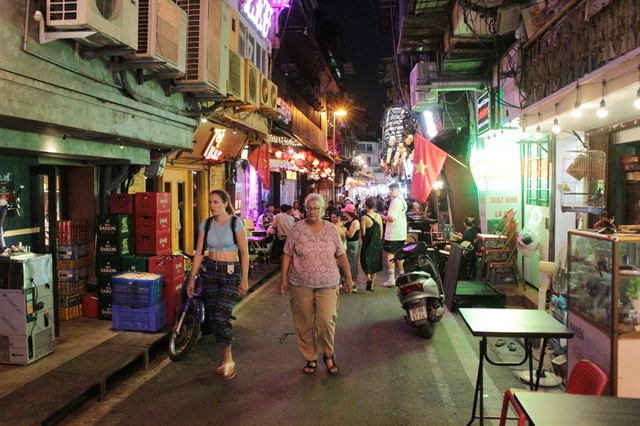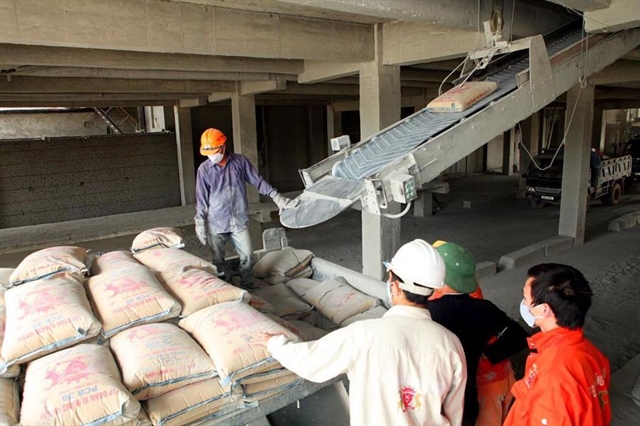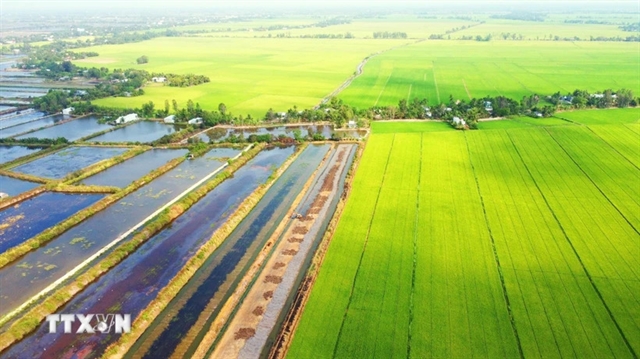 Travel
Travel

by Ray Riches*
Australia plays an important part in the overall tourism market in Việt Nam. Being too far away for a weekend getaway, Australians are more likely to spend longer periods in Việt Nam on holidays.
However, economic pressures at home are seeing more Australians abandon international holidays due to currency devaluation.
A decade ago, China and other global giants were in a good buying position and Australia was taking the spoils of the export sales of raw materials. The Australian dollar was worth around VNĐ23,000, and for Australians visiting Việt Nam, it was an opportunity to live like a king on a very low budget.
 |
| Australian tourists take time to help children in a local orphanage in the southern province of Đồng Nai. — Photos Courtesy of Ray Riches |
Fast forward a decade and the cycle of boom and bust in Australia has brought on another devaluation of the Australian dollar. Currently sitting at just under VNĐ16,000, the Australian dollar some are predicting it to fall as low as VNĐ14,000 in the coming months.
There are a number of factors that have contributed to this cycle that have nothing to do with Việt Nam. Firstly, in the 1980s, the Australian government floated the currency and moved away from the sureties of the USD. This was mostly a good thing, but it does leave the currency open to fluctuations that can affect the country’s economic stability.
The biggest factor in this fall from grace is the strong American dollar. Domestic policies and Federal Reserve Bank decisions, along with other struggling currencies, have put the USD in a very strong position in 2025. Essentially, when other currencies fail, people turn to the USD to ride the rough times in order to protect their assets.
Australia, with its floating dollar, is not influenced by a strong USD. And, in the current position, it has been left behind as currencies fluctuate across the globe. This has put the AUD into free fall with falling exports driving the crash.
And it is the high exports that have carried the Australian dollar over the past decades. The economy has a very poor manufacturing sector. This means the majority of exports come from the selling of raw materials. From iron ore to gold and across the agriculture sectors, Australia relies on the sales of raw materials to strengthen the economy.
Recent softening in China, Japan, and Europe has slowed export sales and this has been a key factor in the dollar's current position.
Additionally, domestic policies have seen domestic spending move in unexpected ways. Housing prices, energy prices and the cost of living have all played a part in domestic policy that has negatively affected the strength of the AUD.
A part of that domestic policy relates to the supply and demand of housing. In order to maintain acceptable levels of GDP, the government has an immigration policy that sees a set number of new people arriving in Australia every year.
The result is that every new family that arrives in Australia needs a house. The COVID pandemic and other factors have seen a slowing of the building of new homes and this has placed enormous demand on supply.
Now, the average home in Sydney is more than 20 times the average wage. Only 50 years ago, the average home in Australia was between three and five times the average wage. It has pushed housing to a point where most Australians will never be able to afford their own home.
This housing crisis has also driven up rental prices. Now, in all capital cities, rents have gone so high that many families are forced to share accommodation with relatives or have been forced into temporary alternatives, such as garages and mobile homes.
What does all this mean for Việt Nam? The tourists that relished the four week holiday in SE Asia once a year can no longer afford to take that trip. They have less disposable income, are forced to pay a larger part of their salary on basic living expenses, and if they do arrive in Việt Nam, everything is more expensive.
The result is that travellers are taking a break from going abroad and choose to stay close to home. And it is for this reason that countries like Việt Nam are seeing a drop in tourist numbers from Australia.
Likewise, SE Asian hotspots for Aussies such as Bali and Thailand are seeing the same drop-off in numbers.
 |
| Tạ Hiện Beer Street is a favourite spot for Australians visiting Hà Nội. |
The unfortunate part is that this is an Australian issue and nothing can be done to support and assist Australians wishing to travel. Not until Australia implements stronger domestic policies will things improve for travellers.
On the other side, if you are living in SE Asia and want to travel to Australia for a holiday, there is no better time than 2025 to take on the adventure. Australia is not a cheap place to visit, but the fall in the currency means there is no better time to see the country on a budget.
Australia is an important slice of the tourism market in Việt Nam. Many Australian bars and businesses operate to assist travellers across the country. We can just hope that by the third quarter of 2025, the AUD rebounds and Australians again get the opportunity to see one of the most amazing countries in the world, Việt Nam. VNS
* Ray lives in HCM City and works as a teacher and freelancer. Apart from teaching, he is a keen runner and bicycle adventure rider. He has visited many parts of the country by bicycle and loves the smaller parts of this beautiful country. After ten years in Việt Nam, Ray has a love and passion for the smaller things and enjoys sharing his experiences with people all over the world.









